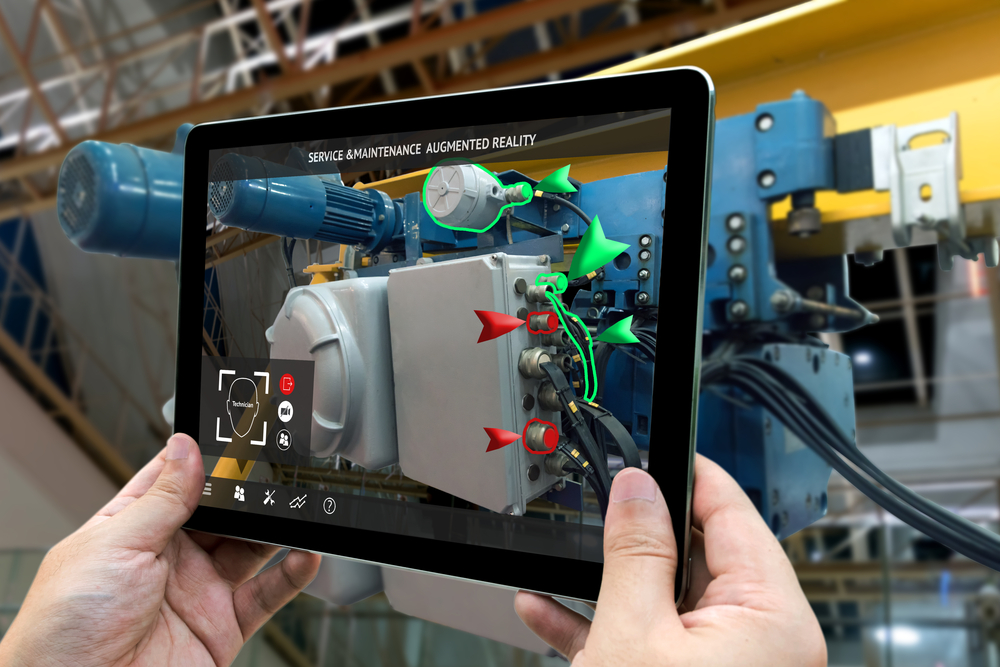Although the concept of augmented reality sounds very appealing on paper, it will take some time before this technology can go mainstream. Similar to any other form of disruptive concept, augmented reality will have some challenges it needs to overcome. It is not unlikely these challenges won’t pose as much of a problem, although one never knows what the future may hold.
4. Avoiding Accidents
When dealing with an environment that is a hybrid of real and “fake” reality, accidents are bound to happen. While augmented reality seems less dangerous than VR at this stage, it is not entirely impossible to think some accidents will occur. Considering how users will see things in their peripheral vision that are not there in the real world, they may reach for things that don’t exist. This can have some comic consequences, yet people may get seriously injured in the process as well.
3. Education
It is good to see technology companies think of an educational use case is for their new technology. That being said, there is a fair bit of education to be done where augmented reality is concerned. Since very few people are actively exposed to AR, it is hard for them to see the wide range of use cases and applications. Moreover, this technology needs to be innovated and improve moving forward. Students need exposure to this technology in the classroom, making the whole concept more accessible to people around the world.
2. Content
Speaking of making AR technology accessible to students, they will also be the ones responsible for creating more content for this ecosystem. There is little point in using augmented reality tools if they do not add an intrinsic value to the real world. While there is no direct need for much content right now, that situation could change as soon as the technology is embraced by the masses.
Technology companies are working hard to attract new designers and engineers who want to work with AR. While there is an incredibly large upfront investment required for this type of research, the investment could repay itself rather quickly. Businesses need to prepare for this inevitable shift in augmented reality, or risk being left behind by their competitors.
1. AR Hardware
Perhaps the biggest challenge of all will be the creation of hardware capable of immersing users in an augmented reality setting. For the time being, there is no consumer-oriented device available for purchase. Microsoft is working on their HoloLens, yet it will take a few more months – if not years – before this technology will be both accessible and affordable.
Moreover, there is the question of whether or not the current hardware in development is suited for mass consumption. That does not seem to be the case, although some advancements have been made by the Osterhout Design Group. Smart AR headsets are still a few years off, which leaves mobile devices as the only viable tools to stimulate augmented reality adoption. Unfortunately, most consumer devices are not suited for this purpose either.
If you liked this article, follow us on Twitter @themerklenews and make sure to subscribe to our newsletter to receive the latest bitcoin, cryptocurrency, and technology news.

